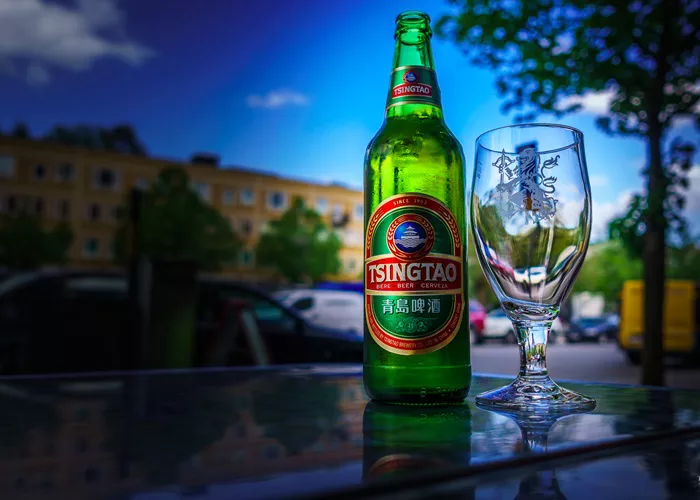As temperatures rise in the capital, the demand for chilled beer has surged—but consumers are increasingly left disappointed by the limited availability of popular brands at government-run liquor outlets.
Instead of widely consumed national labels, many outlets are stocking shelves with local brands and lesser-known imports from neighbouring Bhutan and Nepal. The shortage is pushing customers to seek alternatives in nearby cities like Gurgaon and Noida, or to switch to spirits.
While the availability is slightly better in hotels, restaurants, and bars, patrons report that even there, the choices are restricted. Menus often list unfamiliar names over established national favourites. “Instead of trying a new brand every time, we prefer going to Gurgaon, which is only a few kilometres away, to buy beer whenever we have a party at home,” said Pratyussh Ranjan, an IT professional based in Dwarka. “We got used to the taste of some premium beer brands, which are never available in Delhi.”
According to industry data, beer sales in Delhi declined by 37% in the 2023–24 fiscal year, even as consumption rose by nearly 10% across the rest of the country. Experts attribute this discrepancy to brand-pushing strategies, higher margins on duty-free Bhutanese and Nepalese beer, and a lack of effective policy direction.
Vinod Giri, Director General of the Brewers Association of India (BAI), said national brands remain available primarily through the on-trade segment—bars and restaurants—but are scarcely seen in state-run liquor stores. “The challenge is mainly in government-owned retail shops where popular national brands are hardly available. Our market share analysis tells a revealing story—national and multinational companies are unable to cope with the trade practices at government-owned outlets,” Giri said.
Data from BAI shows that in most Indian states, national brands dominate with an 85% market share. In Delhi, however, they account for only 36%, with regional and imported brands each claiming 32%. This imbalance is unique to the capital.
A senior Delhi government official, requesting anonymity, acknowledged the issue. “Since there is no import duty on beer from neighbouring countries, the profit margin is significantly higher. Wholesalers often pass on part of this margin to retail staff to secure more shelf space,” the official said. “Customers mainly want chilled beer, and their options are often limited to what’s stocked in the coolers.”
The official added that an analysis comparing Delhi’s sales patterns with those in other states is underway. The government is also reviewing the registration fees and profit margins associated with various brands in an attempt to resolve the issue.
Giri urged the Delhi government to reintroduce private liquor vends, which he said are more competitive and better aligned with market demands. “The government must also increase the number of retail outlets and bring the ordering patterns of state-run stores in line with the broader national trends,” he said.
The impact of limited brand availability extends beyond liquor stores. Many restaurants and bars are also unable to maintain a steady supply of in-demand labels. Zorawar Kalra, Vice President of the National Restaurant Association of India (NRAI), highlighted distribution, regulatory, and licensing challenges as key reasons. “This limits consumer choice and affects establishments aiming to offer a diverse selection. NRAI continues to work with the government for streamlined policies and broader brand access,” Kalra said.
He added that ongoing discussions with authorities are showing promise. “We remain optimistic about collaborative solutions that can balance regulatory priorities with business needs, ultimately enhancing guest experience and supporting industry growth.”
You Might Be Interested In:


